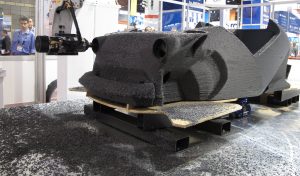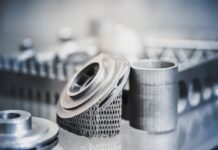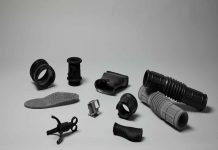Autodesk Inc, the pioneer of 3D design technology, has recently unveiled their latest design innovation Spark, a new open platform for 3D printing aimed at making it simpler and more reliable to print 3D models and easier to control how that model is printed.

According to the news release by Autodesk, the company is now collaborating with Local Motors, the leader in open-source hardware innovation, to utilise the Spark platform as Local Motors continues to develop the Strati, the world’s first 3D printed car.
“The Spark platform is set to accelerate manufacturing innovation. From capturing our ideas more accurately to guiding Design for Additive Manufacturing (DFAM) and simplifying the creation of machine code, Spark will help us to turn digital models into an actual physical production parts far faster than was previously possible,” said Alex Fiechter, head of community management for Local Motors. “
The recently unveiled Strati, which had been 3D printed out over 44 hours during the International Manufacturing Technology Show 2014 – the largest and longest running manufacturing technology trade show in the US – is still being developed by Local Motors team at the DOE’s Manufacturing Demonstration Facility (MDF) at Oak Ridge National Laboratory (ORNL), one of the nation’s leading innovation centres around additive manufacturing.
The vehicle’s historic first drive took place the morning of Saturday, September 13, making Local Motors the first company to ever 3D print, assemble and then drive an electric vehicle within 6 days.
The car’s design was chosen from entries submitted by Local Motors’ global co-creation community and as the project progresses Local Motors plans to use the Spark platform, which will make it the first large-scale industrial application of Spark.
“Local Motors recognises the capabilities of the Spark platform for industrial manufacturing projects. This collaboration is a natural fit to push the boundaries of large format 3D printing to fundamentally change how things are designed and made,” said Samir Hanna, Vice President and General Manager, Autodesk.
ORNL and Cincinnati Incorporated created a BAAM (Big Area Additive Manufacturing) machine similar to a fused deposition modelling (FDM) printer by taking a 6.5’ x 13’ foot bed laser cutter adding custom hardware to transform it into a massive 3D printer. Spark will help connect automobile digital design information to the 3D printer in a streamlined way for easier visualisation and optimisation of 3D prints.
According to Local Motors, the Strati simplifies the automotive assembly process and is a result of leveraging the contributions of community, advanced manufacturing tools, and software, like the Spark platform. This could bring many advantages, including reduction in the number of parts in a vehicle’s Bill of Materials (BOM) from 25,000 components to less than 50. The on-demand nature of 3D printing means that automotive manufacturers can change aspects of their design—or even come up with an entirely new one—with little or no additional cost in tooling or time.



















